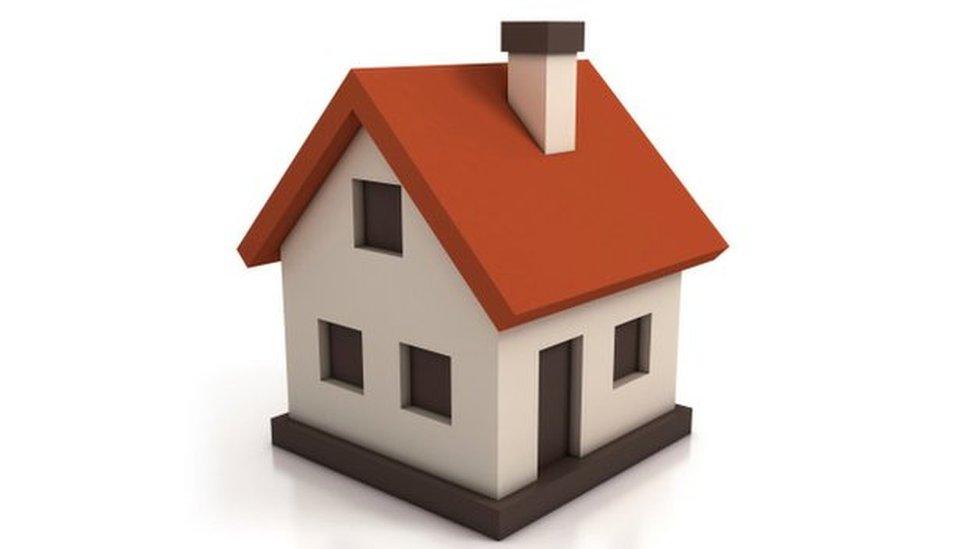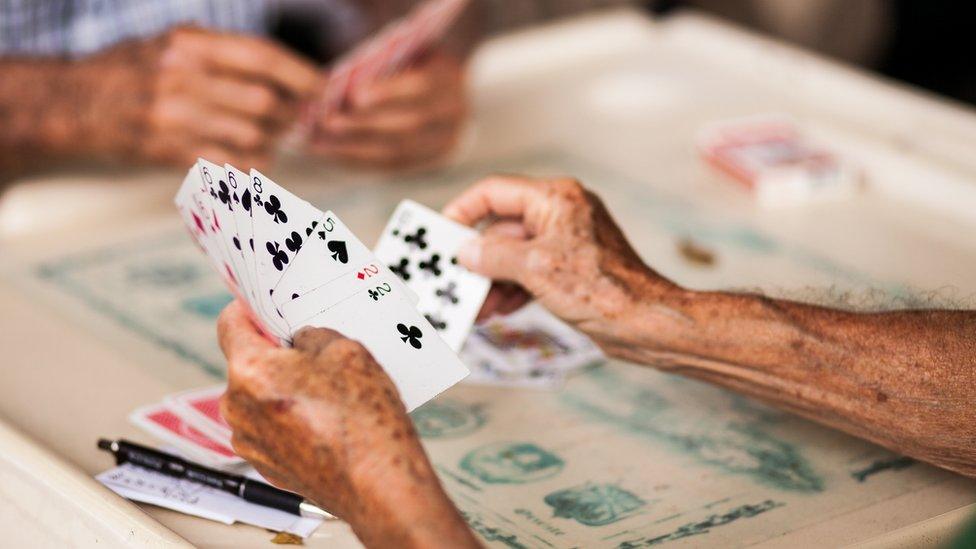Care: The alternative options
- Published

There are more than one million people in the traditional care system. They live full-time in care homes and nursing homes or receive help in their own home for everyday tasks such as washing and dressing and have meals delivered to their door.
Some pay for their care, others receive help from their local authority. But there are other options to these more traditional forms of care.

Moving in with a carer
In recent years, councils have become increasingly involved in shared-lives schemes - paying individuals to provide care, including personal care, in their own home.
Providers are regulated and used to provide short breaks for family carers as well as full-time arrangements.
More than 13,000 people benefit from shared lives, including those with learning disabilities and mental health problems as well as older people.
Of the 150 schemes in the country, two-thirds are run by councils, with the rest provided by the voluntary sector.

Home share and befriending

The price of property has prompted growing interest in home-share arrangements - someone who can provide help moving in with an older person who has space free in their house.
The carer provides only basic support such as shopping, cleaning or gardening, not personal care, in return for accommodation that is free or for a small rent.
There are now about 20 home-share schemes in the UK, helping several hundred older people.
Another popular idea in a similar vein - older people are linked up, usually by a charity, with a volunteer who provides companionship and some low-level support, such as shopping and trips out.

Retirement villages
Unlike in a care home, retirement-village residents usually buy an apartment on the site, although in some schemes they can part-buy or even rent the property.
Residents bring their own furniture, decorate as they wish, and are free to have friends and family come to stay. Most villages allow pets to come too.
They can also pay for care and support services, which are on-site, as and when they need them.
The properties have been designed to keep the individual living independently as long as possible and so can be kitted out with alarms, fall sensors and easily accessible showers.
Such complexes are popular in Australia, New Zealand and South Africa, but have yet to completely take off in the UK.
There are fewer than 30,000 units in the UK - Australia has six times more - with the highest concentration in the affluent South East.

Sheltered housing

There are many different types of sheltered-housing schemes.
Some will have a warden, living on or off the premises, and all provide 24-hour emergency help through an alarm system.
Rented accommodation is usually self-contained, but there are often communal areas, such as the lounge, laundry room and garden.
Many schemes run social events for residents.
For those needing more support, extra-care sheltered housing may be available where residents can have personal care and meals provided.
Most schemes are run by councils or housing associations, and there are often waiting lists for places.

Adapt your home
Equipment can be provided by councils or brought privately to make it easier for older people to live in their house for longer.
Traditional aids such as stair lifts and grab rails are still popular, but technology has opened up a whole host of other options, from flood detectors to sensors that raise the alarm when the individual does not move around their property normally.
Councils and the NHS are also investing in "telehealth" and "telecare" technology, including devices to remind people to take medication and ways for carers and health staff to remotely monitor things such as blood pressure.

Relying on family and friends

By far the most popular option is family and friends.
An estimated 1.5 million older people rely on them for their care needs.
The care provided can be pretty substantial.
A third of carers provide more than 100 hours a week of care, with many of the carers older people themselves.
Sometimes this is supplemented by formal help from councils, but surveys suggest that is decreasing.
However, the pressure is having an impact on the health and wellbeing of those providing the care.
Six in 10 older carers who provide 50 or more hours of care a week say their health is not good.